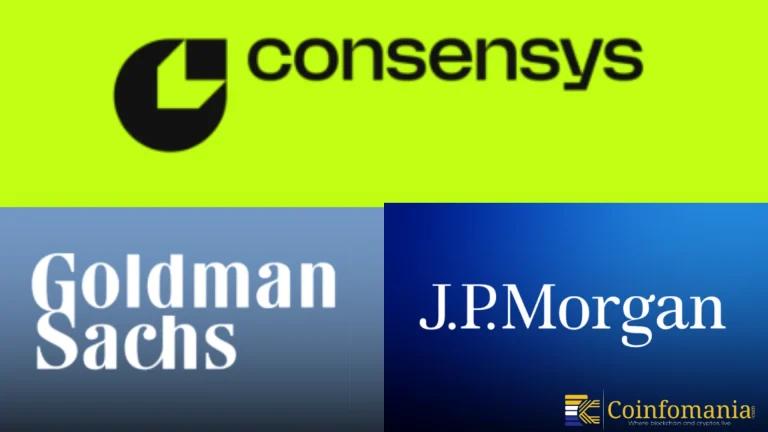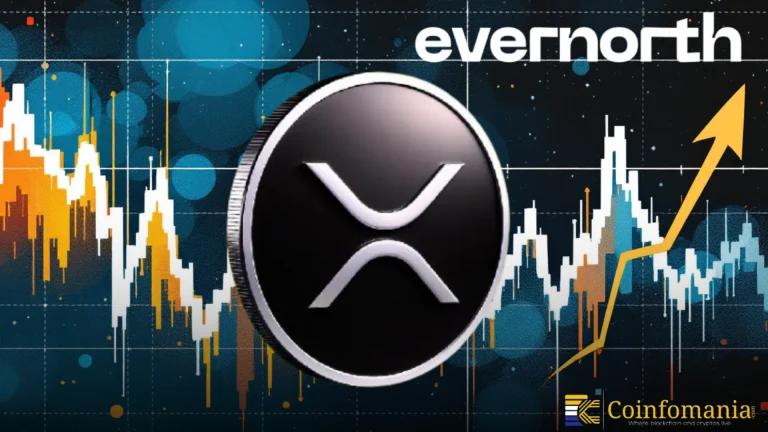Ripple CTO David Schwartz Offers Perspective on Decentralization After McGregor’s Comments
Discover how Ripple CTO David Schwartz explains the XRPL Ledger's structure and addresses concerns over its decentralization in blockchain.

Quick Take
Summary is AI generated, newsroom reviewed.
Ripple CTO David Schwartz clarified that XRP has no issuer and the XRPL Ledger does not control access.
The debate over decentralization vs centralization continues, sparked by Trump’s Crypto Reserve comments and McGregor’s post.
XRPL Ledger operates as a public, distributed ledger designed for fast, low-cost transactions.
On May 27, Ripple CTO David Schwartz addressed questions about network governance and control. His remarks followed a May 26 post by mixed martial artist Conor McGregor. McGregor noted that not all blockchains maintain consistent open access and governance. Many view Bitcoin and Ethereum as prominent models of distributed governance. Debates grew over U.S. proposals for a crypto reserve, including various tokens. Former President Trump mentioned including XRP, SOL, and ADA in that plan. His comments spurred fresh debate on the Ripple Network and the XRPL Ledger’s openness.
Ripple’s Ecosystem Ties Raise Questions on Decentralization
After McGregor’s remarks, many questioned the true decentralization of XRP and its system. One user asked why Ripple’s CEO appears as the public face for XRP. They contrasted this with Bitcoin’s lack of a central figure or spokesperson. Others noted how closely Ripple remains tied to its own ecosystem. This debate highlights a central tension: Decentralization vs Centralization in blockchain systems. Users seek clarity on how much control companies wield over network rules. The question remains whether distributed ledgers need zero corporate influence.
Schwartz clarified that Ripple’s CEO leads a private company, not a token issuer. He explained that all tokens were created at the XRPL Ledger’s inception. No further tokens can emerge beyond what the initial formation allowed. Schwartz highlighted the absence of rival users competing for ledger access. He said this model differs from systems with controlled distribution points. This feature shapes how the Ripple influences validator recommendations. It emphasizes open participation, unlike controlled or competitive token systems. He urged readers to consider practical outcomes over abstract definitions.
XRPL’s Decentralized Architecture and Ripple’s Governance Influence
Schwartz urged users to think about what they expect from a distributed system. He recommended focusing on defined outcomes rather than abstract technical labels. Users can list scenarios they want a ledger to block or allow. This exercise clarifies practical measures in the Decentralization vs Centralization debates. It moves the discussion beyond who holds corporate titles or brand roles. Such thinking highlights real governance risks over mere definition arguments. This perspective shifts scrutiny from theory toward actual network behavior. It offers readers a practical framework for evaluating blockchain governance structures.
The XRPL Ledger works as a public, shared record of transactions across many nodes. It was created for fast, low-fee transfers in financial applications. This design aims to balance speed and cost efficiency for users. Despite its decentralized label, governance questions often center on Ripple’s role. Ripple exerts influence through software updates and validator settings. A global community of validators has maintained the system for more than a decade. Yet ties to Ripple as a company keep centralization concerns alive.
How Validator Selection Affects Ripple’s Decentralization
The XRPL Ledger records transactions across a global network of independent validators. All XRP tokens were created at ledger formation, and no new tokens can be issued. Any participant can run a validator, ensuring open access and balance. Within the Ripple Network, influence over updates and recommended validators raises valid concerns. This scrutiny underscores how corporate ties can affect true network decentralization.
Centralization Debate to Guide Crypto’s Future
These debates reflect broader questions about Decentralization vs Centralization in blockchain systems. While Bitcoin and Ethereum often exemplify distributed governance, systems linked to a single company face tougher scrutiny. Evaluating a ledger’s decentralization means examining who sets rules, who validates transactions, and where power lies. As blockchain ecosystems mature, transparent governance models and validator diversity become key trust factors. Clear processes help readers assess each platform’s independence and integrity in practice.
References
Follow us on Google News
Get the latest crypto insights and updates.


